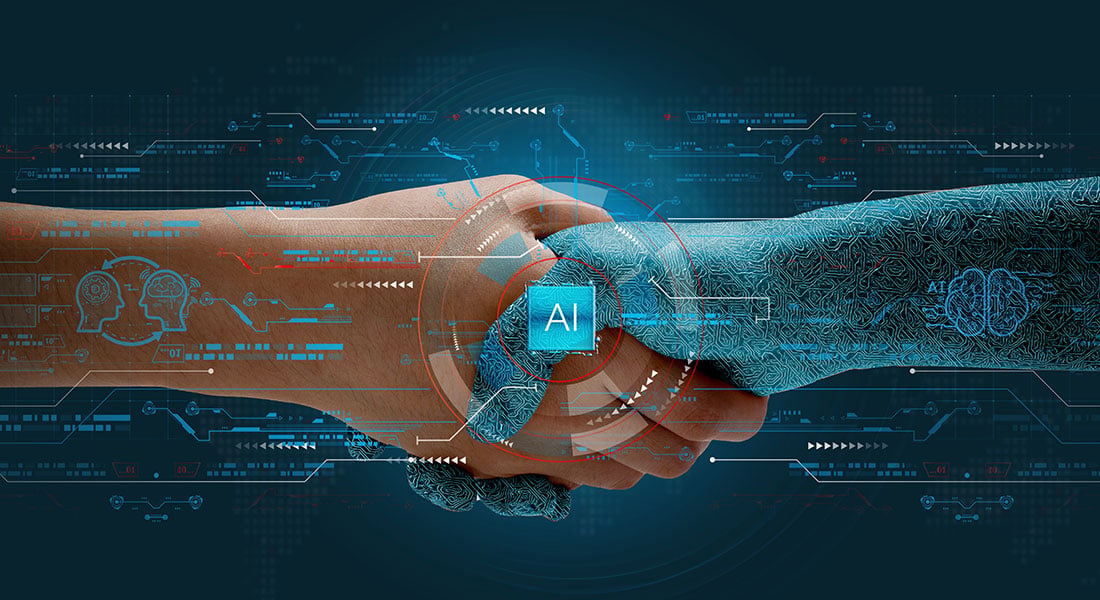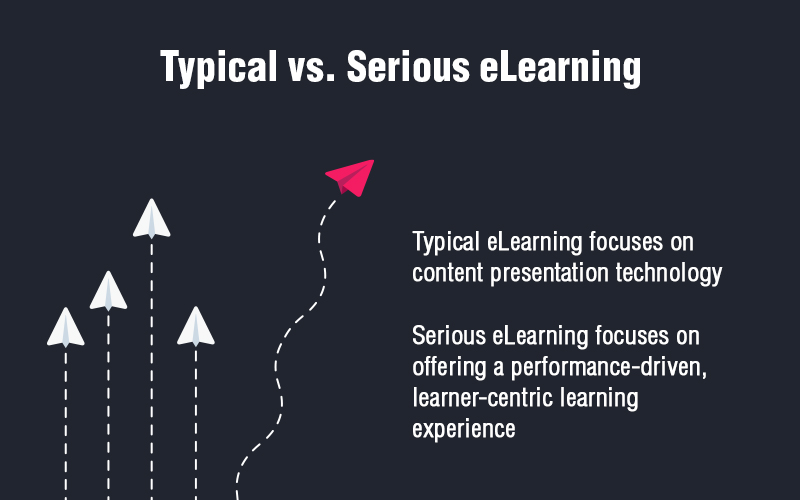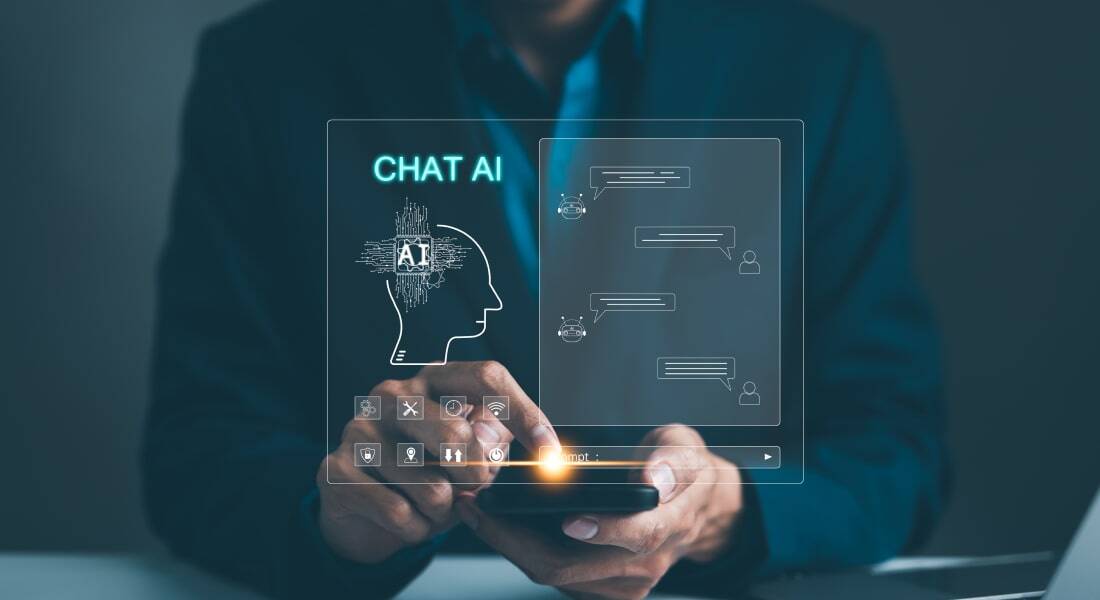What Does Generative AI Promise L&D Stakeholders?

Chief Training Manager of one of our clients recently shared a post on LinkedIn, “There is so much noise about AI tools, especially Generative AI. Are these AI-powered tools easy to adopt for learning and development (L&D) teams? Is Generative AI improving L&D Experience for learners? If yes, how does it fit into and enhance existing processes and enterprise strategy?” These are typically the most common concerns that L&D teams worldwide have when they think of adopting these AI technologies.
→ Download Now: How L&D And Business Can Align to Conquer The Future Of Work eBook]
Table of Contents
- What is the promise of Generative AI for L&D Stakeholders?
- How does GAI help L&D stakeholders?
- What are the top use cases for revolutionizing L&D operations with GAI?
What is the promise of Generative AI for L&D Stakeholders?
Generative AI (GAI) holds significant promise for L&D teams and the L&D managers offering a range of opportunities and benefits that can transform the way organizations approach employee training and upskilling.
What is the promise of GAI for L&D Stakeholders?
Here's How GAI Helps Stakeholders in the L&D Domain:
- L&D: Personalize learning with GAI: Build engaging programs with adaptive content & simulations.
- Instructors: Lighten workload: GAI generates content & provides virtual assistants for you to focus on individual support & feedback.
- Learners: Personalized learning: GAI tailors content to your needs & preferences, boosting knowledge retention & development.
How is L&D Impacted by AI? [VIDEO]
From Theory to Reality: GAI's Promise for L&D Stakeholders
Are we on the brink of a learning revolution? Imagine a world where personalized training programs materialize effortlessly, where creativity and innovation flourish, and where employees are empowered to reach their full potential.
GAI's unique capabilities benefit stakeholders across the L&D value chain for various domains, enhancing their workflows and decision-making processes. By leveraging AI's potential, these stakeholders can drive innovation, improve efficiency, and achieve better outcomes in their respective fields.

How does GAI help L&D stakeholders?
GAI offers valuable benefits to L&D stakeholders, empowering them with unique capabilities that cater to their specific needs. Here's how Generative AI helps L&D stakeholders in the L&D domain:
L&D Managers
1. Personalized Learning Paths: GAI helps L&D managers create personalized learning paths ensuring employees receive targeted training, leading to improved skill development and engagement.
2. Efficient Content Creation: GAI automates eLearning content creation, allowing L&D managers to generate training materials, assessments, and simulations quickly and efficiently. This streamlines content development processes, enabling faster deployment of training programs.
3. Creative Resource Generation: GAI can assist content developers in generating creative resources, such as videos, images, illustrations, and multimedia elements. This acts as support material and enhances the visual appeal and effectiveness of learning materials.
4. Quality Assurance and Validation: Content developers can use AI-generated content for quality assurance and validation purposes. AI can identify potential gaps or inconsistencies in training materials, ensuring the content is accurate and up to date.
Instructors and Trainers
1. Adaptive Learning Resources: AI-powered adaptive learning platforms, fueled by GAI, offer instructors and trainers dynamic content that adjusts to learners' progress. This feature allows instructors to tailor their guidance and support to individual learners, promoting a more effective and personalized learning experience.
2. Virtual Learning Assistants: GAI-driven virtual learning assistants provide real-time support to learners, reducing the load for instructors. These assistants can answer learners' questions, offer explanations, and provide feedback, allowing instructors to focus on more personalized interactions.
3. Data-Driven Insights: GAI-powered learning analytics offer valuable insights into learner behavior, progress, and engagement. These insights empower learning analytics teams to identify knowledge gaps, optimize learning pathways, and measure the impact of L&D initiatives.

How L&D And Business Can Align to Conquer The Future Of Work
Bridging the Gap Between Organizational and Individual Goals!
- Learning Strategies Shaping the Future
- Changing Role of Learning Professionals
- Learning to Solve Business Challenges
- And More!
Learners
1. Personalized Learning Content: GAI tailors learning content to suit each learner's specific needs, interests, and proficiency levels. This personalization ensures that learners receive relevant and engaging training materials, making the learning experience more effective and enjoyable.
2. Continuous Learning Opportunities: AI-generated microlearning modules and bite-sized content offer learners continuous access to relevant information. This fosters a culture of continuous learning, empowering employees to upskill and adapt to changing job requirements.
3. Personalized Learning Experiences: GAI provides employees with customized learning experiences, ensuring they receive training relevant to their roles and career goals.
4. Self-paced Learning: AI-generated microlearning content enables self-paced learning, allowing employees to access training resources whenever and wherever they need them.
GAI's impact on L&D stakeholders encompasses personalized learning experiences, efficient content creation, adaptive support, and data-driven insights, all of which contribute to the development of a skilled and engaged workforce.

Sure! How about this:
What are the top use cases for revolutionizing L&D operations with GAI?
GAI is transforming the way organizations approach employee training and upskilling. These tools are developed in such a way as to incorporate real-world changes in real-time. The AI tools adapt and adjust based on dynamic conditions. The higher flexibility and relevance make Adaptive AI tools more applicable to the L&D function. Here are some examples of how it is making a significant impact on L&D operations:
Virtual Reality (VR) and Augmented Reality (AR) Training: GAI supports VR/AR-based training by personalizing virtual environments, simulating realistic scenarios, and adapting the training experience to each learner's performance.
Skills Gap Analysis: GAI-powered tools can perform skills gap analyses to identify areas where employees lack proficiency. These analyses keep the L&D managers informed to work on their strategies, ensuring training focuses on skills most relevant to the organization's goals.
Microlearning and Bite-Sized Content: GAI-driven microlearning platforms offer bite-sized, easily digestible content tailored to learners' needs, enhancing knowledge retention and providing just-in-time learning.
The Big Picture
Overall, GAI's integration into L&D operations optimizes training processes, boosts employee engagement, and improves knowledge retention, resulting in a more skilled and competitive workforce. Embracing AI in L&D is essential for organizations seeking to remain agile in a rapidly evolving business landscape.
Want to build a high-performing, future-ready workforce? Download our free eBook to explore how to create a seamless integration between L&D and business goals.
Editor's note: This post was originally published in September 15, 2023 and has been updated for comprehensiveness.



![Why Should You Explore Generative AI for L&D? [ANSWERED]](https://blog.commlabindia.com/hubfs/blogs/generative-ai-why-l%26d-teams.jpg)

